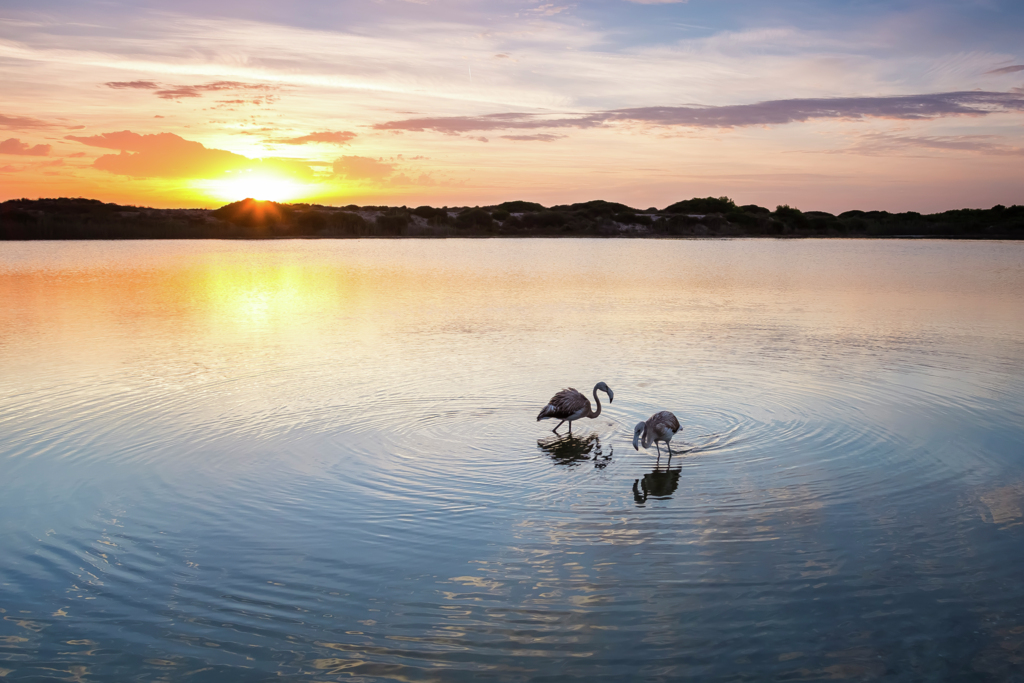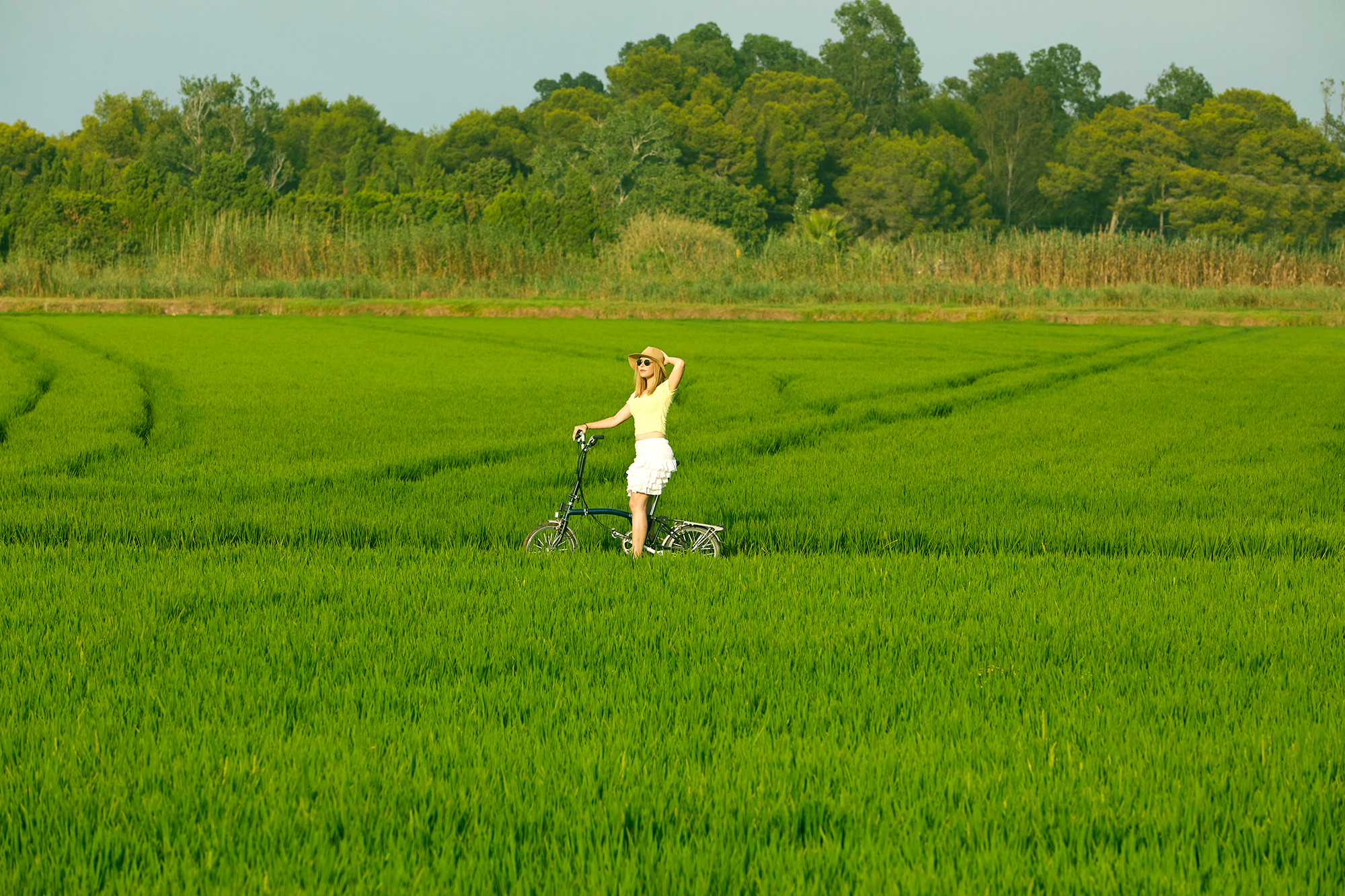


Valencia makes its debut as European Green Capital with new tourist routes
Valencia | 23.01.2024 | 12:18
Since 1 January, Valencia has been the European Green Capital, as designated by the European Commission for 2024.
During the year, the city will celebrate it with various initiatives, starting with the opening of four new tourist routes that show, in a dynamic way, the efforts made to improve the environment and the quality of life of visitors and residents alike, and that have led to this designation.
In addition to stopping at the most iconic locations in Valencia, on these routes visitors can appreciate the biodiversity of its green spaces, enjoy outdoor life in its large pedestrian areas, and discover the key to a sustainable and healthy diet (not to mention delicious). The itineraries can be traveled on foot, by bike, or on mass transit, thus promoting sustainable mobility, and along the routes are filtered water fountains where visitors can cool off or refill their bottles.
The details of the route can be viewed here. There are three themed routes, and a fourth one that combines elements from all of them:
-
Green River Route: A tour of the Turia Garden, the veritable green lung of Valencia, from the Bioparc to the Oceanogràfic, with stops at other landmarks, such as the Palau de la Música and Gulliver Park for the little ones. Along the nine kilometers of gardens, meadows and urban forests that cover the old riverbed, you can find hundreds of plant species and a wide variety of birds and insects, as well as squirrels. Pedestrian paths and bike lanes make for a pleasant route.
-
Historic Center Route: A different way to explore the old town from the point of view of urban sustainability and design. Leaving from the Estación del Norte, the route crosses new pedestrian areas that place an emphasis on enjoying the monuments, while the visit to the Mercado Central and Plaza Redonda promotes the purchase of local products and crafts. It also offers the opportunity to visit classics like the Silk Exchange, or new attractions such as the Hortensia Herrero Art Center. We recommend the walking tour to calmly appreciate the historic atmosphere and beauty of the buildings.
-
Natural Pantry Route: The combination of the fertile peri-urban farmland and the Mediterranean Sea creates an extraordinary natural pantry that supplies Valencia's markets, restaurants and homes. This tour delves into its secrets, from the rice fields of the Albufera Natural Park that gave rise to paella, continuing along the Mediterranean coast to the orange orchards to the north of Valencia and the fields where the tiger nut that is used to make horchata is grown. It can be done on public transport or by bicycle, enjoying the sun and the sea breeze and stopping to refuel at traditional alquerías (hamlets).
-
Essential Route: A route that perfectly sums up the reasons why Valencia has been named European Green Capital: its healthy eating model based on local products, its abundance of green and pedestrian spaces for residents and visitors to enjoy, and an infrastructure that promotes sustainable mobility. The route, which can be done by bike or using public transportation, takes visitors from the Mercado Central to the Albufera Natural Park, exploring the highlights of the other three routes along the way.
Valencia is the first Mediterranean city, and the second Spanish city, to hold the title of European Green Capital in recognition of its commitment to sustainability. In addition to being able to enjoy initiatives such as the new tourist routes, and a program of talks, exhibits and other special events to celebrate its capital status, visitors will find tips for responsible tourism on the Visit Valencia website.
